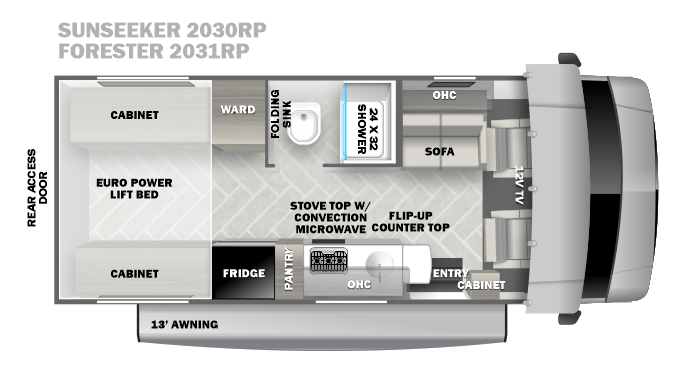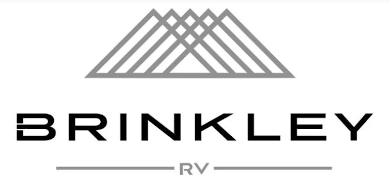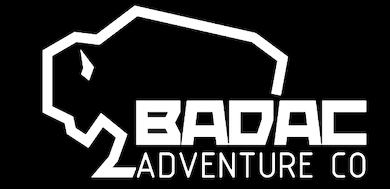Smaller, Lighter, More Mobile – The Next Step in Motorhomes
Sunseeker and Forester bring a new Class C and chassis to its lineup to tap into the ever-growing ‘van life’ market.

There’s going to be a new player among Forest River’s Sunseeker and Forester Class Cs – the PM Series. Built on the Dodge Ram ProMaster chassis – new for the product line – it is outfitted to be smaller, lighter and more mobile, targeting the growing trend and customer demographic for off-grid adventuring that’s largely become associated with the burgeoning “van life” RVing lifestyle.
“Customers can get out, travel and be active – that’s the next step in smaller motorhomes,” says Kary Katzenberger, Sunseeker and Forester product manager/sales manager, who also oversees new product development and teams with Forest River’s engineering and production, as well as purchasing and marketing. “We’re attacking that ‘van lifestyle’ to give the end consumer more maneuverability to go where they want to go for less money with more options and features.”
To better understand the PM Series, it’s helpful to first understand the segments of other Sunseeker and Forester products, which, as Katzeberger explains, are essentially sister products.
Within the lines, they are broken down into different segments: LE, built on the Ford E-450, E-350 and Chevy 3500 cutaways, the three chassis that represent 75% of Sunseeker and Forester RVs (the LE is the entry-level price point); Classics, built on the E-450 series due to its larger size, which come with more options such as full-body paint and more standard features like Wi-Fi Gateway; MBS, built on the Mercedes-Benz cutaway, which has a maximum length of 24 feet and is marketed more toward couples, rather than families; and the TS, built on the Ford Transit Series.
“We’re trying to expand our TS business,” Katzenberger says. “The last few years have been tough for us to get the Ford Transits – Ford was building the van bodies, but not really the cutaways. And we’re looking at new floorplans for the Transit, which can be built on the all-wheel-drive platform so that moving forward we can make more of an adventure package and people can go off grid.”
The TS is a smaller unit at 24 feet long (the LE and Classic range from 25 feet to 32 feet) and are more of a “B+” versus a true Class C, the difference being that the overhead bunk area that is built on traditional Class Cs is not available on the Transit, but features a shallow cap to raise it up to give the appearance of a van body and provides aerodynamic benefits, as well as additional interior height.

What’s New: Smaller, Lighter and Mobile
While Forest River is continually developing new floorplans and designs for the Sunseeker and Forester, the manufacturer is introducing the PM Series. While the ProMaster cutaway is similar to the MBS and Transit chassis in length at 24 feet, it will provide Forest River the platform to introduce new construction materials that are lighter and stronger.
“Dodge only allows us to build on the unloaded vehicle weight, which is approximately 7,400 pounds, so it has to be a very light unit,” Katzenberger explains.
As a result, Forest River is using new technologies in the PM, and once they are fully developed, they will also migrate to the Ford Transit and Mercedes-Benz products to also lighten unit weights. “It will allow us to build more on the units due to the restrictions of weight,” he says.
As new technologies are introduced, the Sunseeker and Forester products will be moving away from traditional, standard builds, as the new lightweight materials are allowing Forest River to do more with the coach than previously possible. A polypropylene composite material, TransCore, provided by vendor Ridge Corporation, is presently being used in heavy-duty fleet vehicles and semi-trailers for lightweighting. Now it’s being adopted by Forest River.
According to Ridge Corporation, TransCore is a lightweight, abrasion and puncture resistant, engineered thermoplastic composite sandwich panel. The panel is engineered with thermoplastic high glass content skins that are thermally fused to a resilient thermoplastic core, which provides an optimized structure for durability and stiffness at the lowest weight possible. The 1-PC seamless structural weather resistant composite panel is hydrophobic and resists corrosion, mildew and degradation.
Additional benefits include being 100% waterproof, impact resistant, UV and weather resistant, 100% recyclable, insect resistant and has an increased trade-in value.
“Not only will the units be super light, they will be super strong with high-screw retentions,” Katzenberger says. “There won’t be any concerns about screwing into it and having material separations. There are a lot of lightweight materials out there, but without screw retention, they won’t work in our industry. The fastening ability of what we’re using is actually stronger than wood, which we now won’t be using, or much aluminum.
“We’re taking out a lot of the materials to save weight, but without sacrificing strength – we’re really excited about it.”
Cabinets are also being reimagined with new, lighter-weight “European-like” construction, as opposed to the standard home construction-type cabinets that the RV industry has typically relied on. “We’re removing unnecessary material while not compromising the strength and integrity of the structure.”
Using the Dodge chassis, Katzenberger says, is a win-win. It encourages the use of the new technologies while also satisfying new customer demand for lighter-weight units. “We’re finding that our customers want smaller, lighter units – it’s where everything is trending. They want to be mobile as possible and get out and adventure, which is why we’re working with the ProMaster.
Class Cs Meet the Van Life
The PM is a front-drive unit, allowing for easy handling and the ability to travel over most terrain. It will also be a lithium-based product without a generator and fully operational off grid. The coach features a 12-volt system with the exception of some 110-volt outlets, though those have inverters so they can run 12-volt systems, including the air conditioner.
“It also has a tremendous amount of storage space inside with a Euro-lift bed that, once raised, can be used to accommodate bikes and whatever toys they can fit in the rear garage area,” Katzenberger notes.
Newer customers want to be more nimble while having a smaller footprint. Less is more. And as that segment continues to grow, Katzenberger says Forest River is primed to give those customers what they want as the demographic and its needs evolve.
The PM is completely designed and, at the time of this writing, was on the production launch pad for the end of July for model year 2024. It will be introduced at the Hershey RV Show and Forest River’s dealer open house.
“Our end consumers don’t seek the big TVs or bigger kitchens. They want to be outside, explore, sit by the campfire and do their cooking. But they do want bigger bathrooms, which we now have – fully enclosed as opposed to a wet bath. Our features will continue to develop in order to give consumers the best possible product for what they want to do.
“The B van market is just exploding, and we plan to be there for our customers – for today and into the future.”



